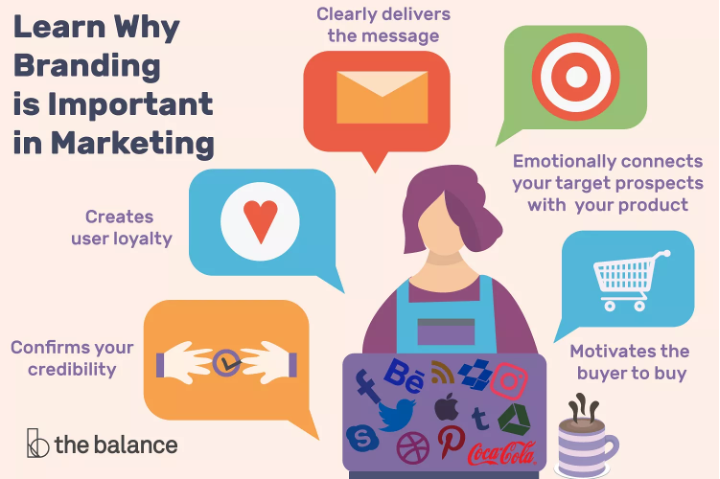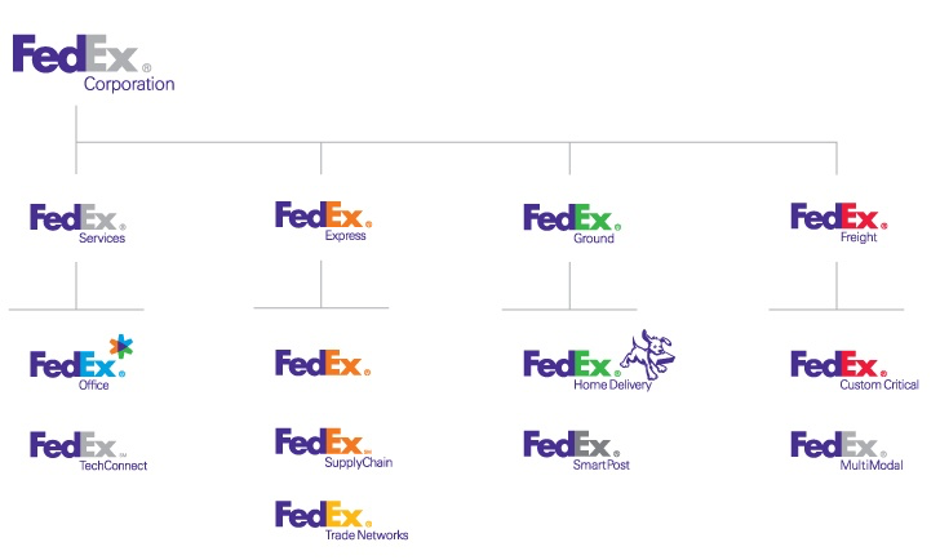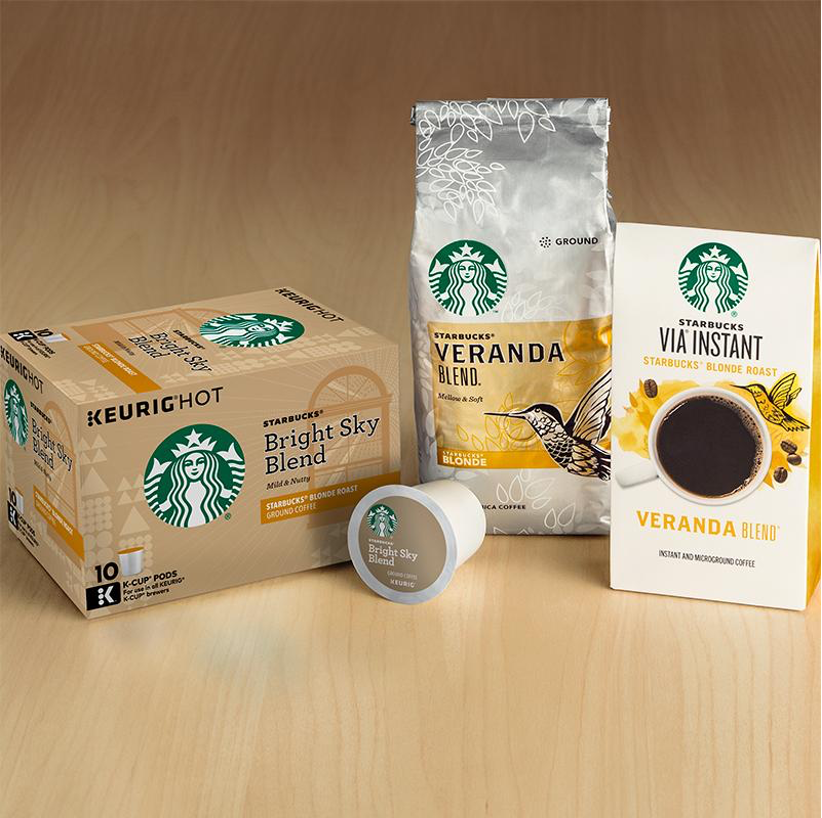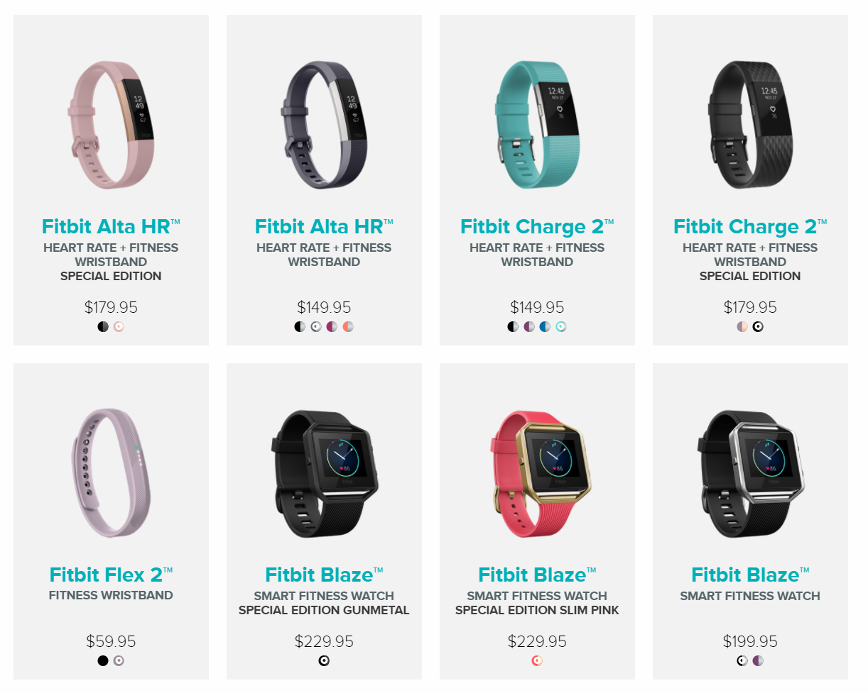Brand Marketing FAQ
Brand marketing is not just about putting your logo and business name in as many places as possible and expecting to attract customers and generate sales.
So what is it exactly? And what’s more important: brand or marketing?
Discover the answer to that question and many more as the Loomly Team answers all your questions in this brand marketing FAQ.
Table of contents
- What is brand marketing?
- What is brand name marketing?
- What is a brand marketing strategy?
- What is a good brand marketing strategy?
- How do you create a brand marketing strategy?
- What is the difference between branding and marketing?
- What comes first: branding or marketing?
- What is more important: brand or marketing?
- What is the relevance of branding in marketing?
- Why is branding essential in marketing?
- How does branding influence marketing?
- What are the different types of brands?
- What are the four types of branding strategies?
What is brand marketing?
Brand marketing is a way to promote your products or services by promoting your brand as a whole. The goal of brand marketing is to link your identity, values, and personality with communications to your audience. Essentially, your brand is the bridge between your product and your customer.
Brand marketing is not just about putting your logo and business name in as many places as possible and expecting to attract customers and generate sales.
What is brand name marketing?
A brand name is one of the brand elements (symbol, mark, logo, name, word, and/or sentence) that helps customers identify and differentiate one product from another.
Brand names are not necessarily associated with the product. For example, brand names can be based on places (Air India, British Airways), wildlife (Dove soap, Puma), and food (Apple). In some instances, the company name is used for all products (General Electric, LG).
What is a brand marketing strategy?
A brand strategy can be hard to define but encompasses:
- What your brand stands for.
- What promises your brand makes to customers.
- What personality your brand conveys through its marketing.
The primary metric for successful brand strategy is brand sentiment.
What is a good brand marketing strategy?
According to SmartInsights, there are 9 success factors for any good brand marketing strategy:
- Target audience knowledge.
- Strong, unique value proposition.
- Passion is observable.
- Out-of-the-box thinking.
- Consistency.
- The brand’s objective comes first.
- Exceptional brand slogans (or taglines).
- The brand always provides value.
- Great exposure.
How do you create a brand marketing strategy?
Follow these 5 steps to create your brand marketing strategy:
1. Understand your brand purpose
Ask yourself these questions to help you understand your brand purpose:
- Who is your target audience?
- Why would they trust you?
- How does your brand make them feel?
- What challenges does your brand solve?
- Who are your competitors?
- What is your brand’s background story? Why was it created in the first place?
- If your brand was a person, who would they be and why?
2. Research your target market
Ask yourself these questions to help you research your target market and define your customer/buyer persona:
- How old is this person?
- Are they married?
- Where do they live?
- What is their job?
- What do they do every day?
- What’s their educational background?
- What was their most recent purchase, and where do they like to shop?
- What do they care about?
- What do they need from my product or service?
3. Define and sell your story
Develop an engaging story that tells your brand’s story. It doesn’t have to be dramatic, but it does need to be authentic.
4. Get to know your competitors
Research your competitors and find your similarities and differences. Focus on this difference in your marketing message so that you can differentiate your products or services. For example, you might focus on quality rather than the lowest price point.
5. Create brand guidelines
Once you understand your brand purpose, audience, competitors, and story, think about how to connect them in your marketing. Create brand guidelines that include your logo, colors, fonts, tone of voice, and more to ensure brand consistency.
What is the difference between branding and marketing?
It’s not always easy to tell the difference between branding and marketing as the terms are used interchangeably.
So what is the difference between branding and marketing?
- Branding is why. Marketing is how.
- Branding is long-term. Marketing is short-term.
- Branding is big-picture. Marketing is focused and single-minded.
- Branding is strategic. Marketing is tactical.
- Branding begins inside your organization. Marketing begins with the consumer.
Successful companies focus on the powerful combination of branding and marketing. And the order in which you approach branding and marketing matters, as you’ll see next.
What comes first: branding or marketing?
Branding comes first. Marketing comes second.
Marketing is your message. Your brand is who you are.
Marketing helps find and motivate buyers. Branding creates loyal customers and advocates.
What is more important: brand or marketing?
Your brand is more important than your marketing.
If people don’t know who you are and what you represent, they won’t do business with you.
Nowadays, everyone will Google you before they visit your restaurant, buy your products, hire you to perform a service, loan money to you, or invest capital in your business venture. Any time you interact with people – online or off – your brand will matter.
What is the relevance of branding in marketing?
Branding is important as it not only makes a memorable impression on consumers but also allows your customers and clients to know what to expect from your company.
Branding is a way of distinguishing yourself from your competitors and clarifying what it is you offer that makes you the better choice. Your brand is built to be a true representation of who you are as a business, and how you wish to be perceived.
- Branding gets recognition.
- Branding increases business value.
- Branding generates new customers.
- Branding improves employee pride and satisfaction.
- Branding creates trust within the marketplace.
- Branding supports advertising.
Why is branding essential in marketing?
Good branding increases the value of a company, provides employees with direction and motivation, and makes acquiring new customers easier.
A brand represents the sum of people’s perception of a company’s customer service, reputation, advertising, and logo. And when all of these parts of the business are working well together, the overall brand tends to be healthy.
How does branding influence marketing?
Branding is the backbone of marketing. It gives your company a cohesive feel across all media by creating aspects such as a logo, tagline, color scheme, and an overall message that allows consumers to decide how you stack up against the competition before ever meeting you.

Credit: The Balance Small Business
Here are the top 5 ways that branding can influence your marketing strategy:
- Minimizes marketing pitfalls: Your brand can convey a clear image and message on any platform.
- Makes your business memorable: Who can forget the McDonald’s “M” or Apple’s “Bitten apple?”
- Creates brand loyalty: When your customers know your brand, they are much more likely to make a purchase.
- Establishes company credibility: Color choice, logo shape, font style, and tag lines can express your business type, products, services, and values to customers.
- Conveys dedication to the consumer: Companies that take the time to create a trustworthy brand image often have the most loyal customers.
What are the different types of brands?
There are many different types of brands, including:
- Individual Brands: the Mercedes S-class cars.
- Service Brands: This category includes the following:
- Classic service brands, such as airlines, hotels, car rentals, and banks.
- Pure service providers, such as member associations.
- Professional service brands, such as financihttps://blog.loomly.com/brand-loyalty/al advisers and management consultants.
- Agents, such as travel agents and real estate agents.
- Retail brands, such as supermarkets, fashion stores, and restaurants.
- Personal Brands: an individual like Oprah Winfrey.
- Group Brands: the Rolling Stones is strongly associated with the personal brands of its members (most enduringly, Mick Jagger, Keith Richards, Ronnie Wood, and Charlie Watts).
- Event Brands: sporting events like the Olympics.
- Geographic Place Brands: Scotland’s National Tourist Organisation VisitScotland.
- Private-Label Brands: retailers that possess a particularly strong identity, such as Save-A-Lot.
- Media Brands: television channels, such as CNN.
- E-Brands: online retailers, such as Amazon.
- Multi-Brands: the different service offerings from FedEx.

What are the 4 types of branding strategies?
The 4 types of brand strategies are line extension, brand extension, new brand strategy, and flanker/fight brand strategy.
Line Extension Brand Strategy involves creating additional products in response to consumer needs. For example, Apple introduced the iPhone 6 Plus to satisfy consumers who wanted a larger screen.
Brand Extension Brand Strategy involves introducing a new brand, in a new market, after consolidating your brand’s name in a related field. For example, Starbucks introduced its K-Cups for coffee drinkers who wish to enjoy the benefits of Starbucks gourmet coffee at home or in the office.

New Brand, Brand Strategy is used when a firm creates a new brand to go alongside a new product. For example, Frito Lay has created many different salty snacks under different brand names, including Doritos and Cheetos.
Flanker Brand Strategy is the placement of a new brand or sub-brand at the higher or lower ends of the spectrum to capture new market segments. For example, Fitbit offers an array of different step trackers at different prices. The Fitbit Flex is at the lower end of the spectrum with the lowest cost and, as expected, the least features.

Fighter Brand Strategy occurs when a firm creates a new brand to wrest market share from another. Usually, fighter brands are created to target competitors rather than consumers. For example, Coca-Cola decided to create Citra to compete with Squirt, the grapefruit soft drink owned by Dr. Pepper.

Manage all your social media accounts in one place.
Craft, schedule, & auto-post content to all your social channels, then track analytics and manage interactions from a single, easy-to-use dashboard.
Brand Marketing in a Nutshell
Successful companies focus on the powerful combination of branding and marketing. But they make sure that branding comes before marketing.
Follow the tips and strategies in this guide to make your brand successful.



